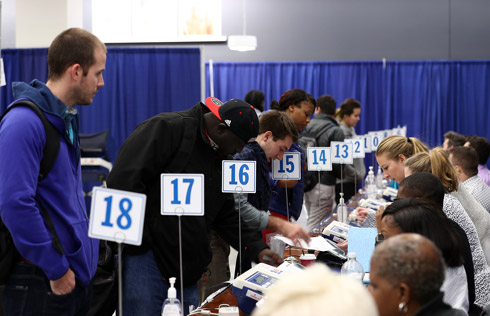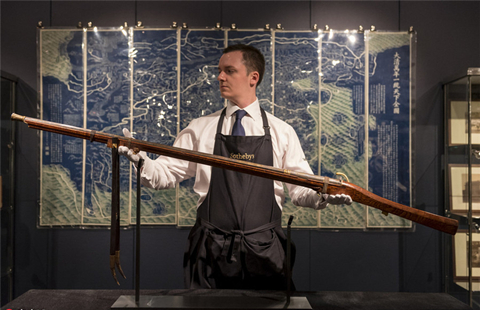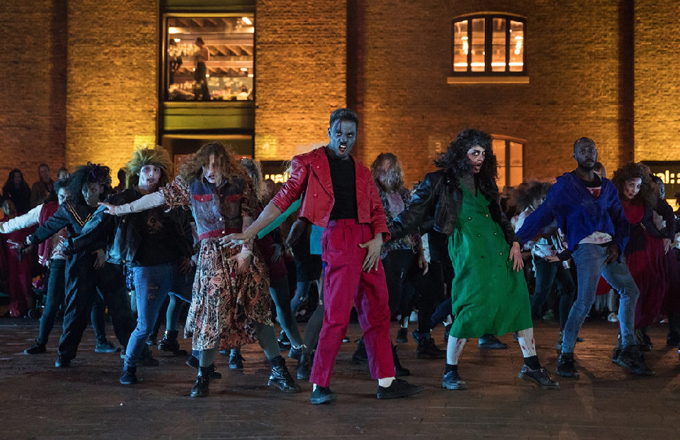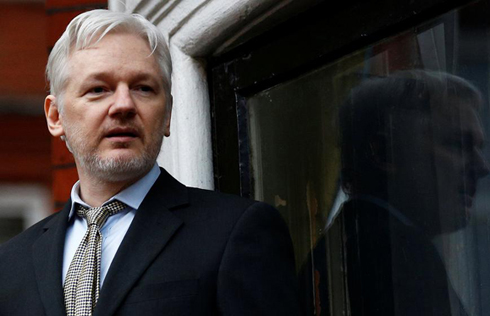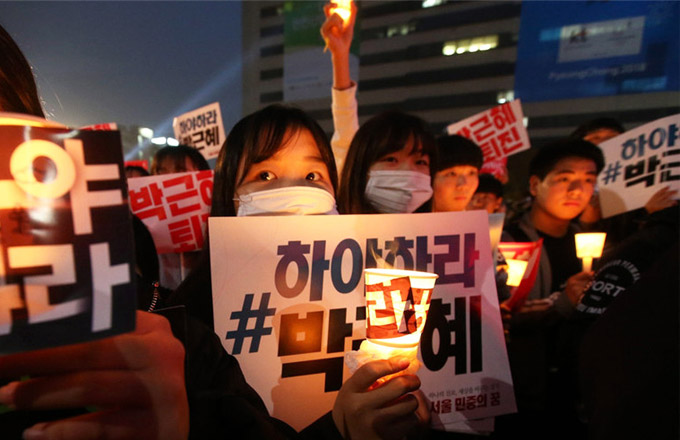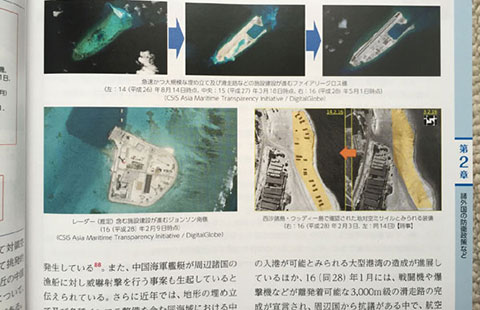Young Indian rape suspect held alone for safety
SIX-INCH SCAR
The emergency operation the teenager underwent one night in December has left him with a six-inch scar on his abdomen. The pain has prevented him from performing daily prayers, the officers said.
An official at the government hospital confirmed the operation and said the youth was hospitalised for five days.
The officers said the boy showed no signs of physical harm when he arrived at the detention center and had not reported being mistreated in police custody.
The youth, who the officers describe as short and frail, left home when he was 11 and got work in a roadside eatery, his mother told Reuters in January.
At first he sent about $12 a month home, but that stopped years ago, she said. In recent years he lived as a semi-vagrant, washing buses and collecting fares, according to a police report.
India's juvenile justice laws have evolved over the past decade and are now in line with UN norms focused on humane treatment of minors. India has raised the minimum age teenagers can be tried as adults to 18 from 16.
In response to the public outcry after the rape, the government last week fast-tracked new, tougher penalties for sex crimes. But it has resisted calls to return the adult age to 16.
Amod Kanth, a former Delhi police chief who helped draft the laws, said the youth had been unfairly judged by the police and media before a trial had taken place. Kanth said it made no sense to change laws on the basis of one case.
Some 33,000 crimes were committed by juveniles in India last year, the highest number in a decade, but there has not been a large spike. Juveniles commit a tiny proportion of total crimes and far less than other nations such as the United States.
The detention center officers are still unsure about the youth's age, even after a Jan 28 justice board ruling he was six months away from his 18th birthday at the time of the attack. Like millions born into poverty in rural India, the youth has no birth certificate.
Authorities often turn to teeth or bone examinations to estimate age, but these are generally only accurate within a couple of years. In cases where there is doubt, magistrates are required to accept the younger age.
- Rape victim's mother brings labor camp to court
- India police arrest six in new gang rape case
- Rape victim to sue over compensation rejection
- Indian rape accused to plead not guilty
- Three accused in Indian rape case get legal help
- 5 accused in India rape case charged in court
- Delhi court orders in camera proceedings in rape case
- Father of Indian rape victim wants her named
- Indian police file charges against 5 accused in gang rape
- Indians mourn gang rape victim





